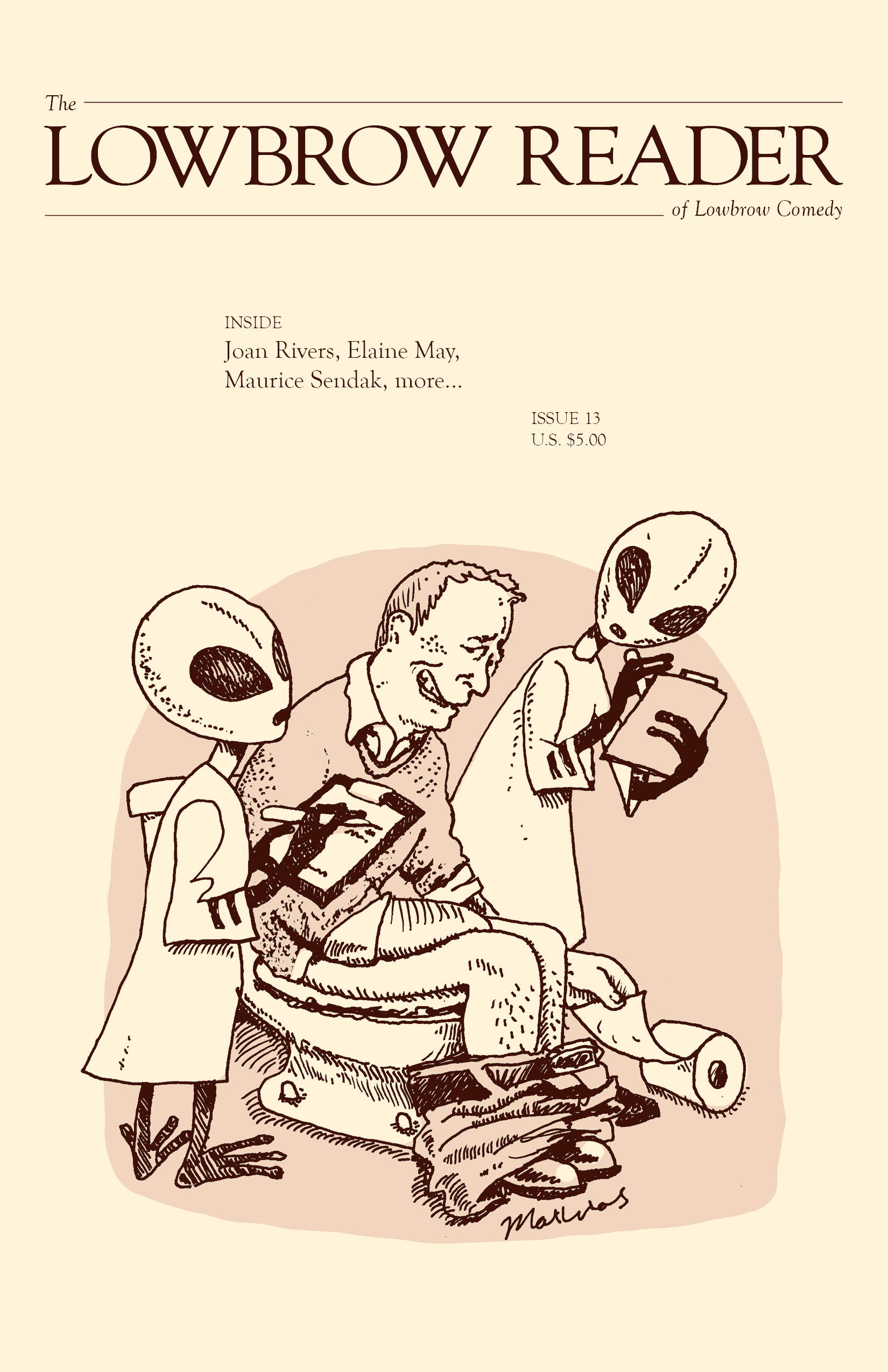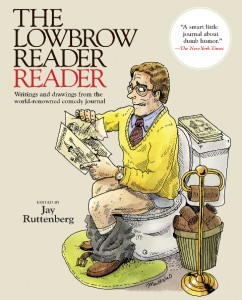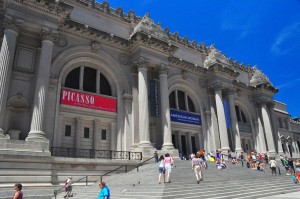Selections from the Trump Oeuvre
History has judged Donald Trump a weaker leader than George W. Bush. Yet Trump is, of course, remembered as the far superior oil painter, his vast oeuvre generated exclusively during his fruitful post-presidency. This series of works, presented together at the Metropolitan Museum of Art for the first time since the museum’s 2091 blockbuster retrospective, reflects on the early days of Trump’s first term in office. Here is a sampling:
In its angry blur of pink, “Persecution” depicts the Women’s March on Washington, in which scores of protestors took to the streets against the future master. Notably, Trump portrays many of the protestors nude from the waist up, their ample bosoms glistening with meticulously rendered droplets of dew. Through the artist’s clearly beleaguered perspective, the marchers appear aggressive and Amazonian—a sexually charged mob. Note the image of a muscled Christ, generally regarded as a stand-in for the painter, in the canvas’s bottom left.
When the casual museumgoer thinks of Trump, she naturally turns to “Battle of Chicago,” the artist’s heart-rending wartime masterpiece that many consider an American “Guernica.” That piece and similar works grapple with the painter’s second presidential term: Indeed, it is said that the audacious beauty of these paintings is the only good to come of The Bloody War of the Hemispheres. Yet Trump’s first term was a time of relative peace, bipartisan amity, and robust double-digit approval ratings. This untitled still life reflects on that period. In sensual tones, Trump depicts a half-eaten Big Mac resting on his Oval Office desk—a sleepy autumnal reverie with shades of Renoir.
“The Rape of Schwarzenegger” is portraiture at its most lurid. It is darker and more active than what we typically associate with Trump. Though deemed a minor work, it is the rare painting in which the artist chooses to depict himself, here acting in the role of aggressor. (The painter’s adversary is Arnold Schwarzenegger, a California governor and movie actor best remembered for his role in the Sinbad holiday classic Jingle All the Way.) The numbers feverishly scrawled along the work’s edges are thought to be television ratings from a game show that was hosted by both men and clandestinely produced by the Russian propaganda ministry.
In gravitating to painting, Trump was undoubtedly influenced by George W. Bush, whose post-presidential work remains a fixture of outsider art collections around the world. It was through art that Bush sought—and quickly found—his redemption, with frequent portraits of those who went to battle in his name. Although Trump’s work concentrates less on such individuals, at times he did explore similar terrain. In “Woman,” Trump paints a servicewoman newly returned from fighting a covert operation in Australia during the first month of his presidency. Portrayed nude in the Lincoln Bedroom, the Rubenesque soldier seductively stares down the viewer, defiant in seeking earthly pleasure in the face of turmoil. The servicewoman’s stark black lower-back tattoo represents the dark currents pulsing through a troubled nation.
Trump spent his final years largely confined to his dacha, painting. He died at 102, a bottle of hair growth pills upturned near his easel in what was ruled an accidental overdose. “Massive” was among his final works. It deviates from what we have come to expect from late-period Trump, which largely draws on the homegrown: still lifes, figure drawings, landscapes of the artist’s beloved Black Sea. By contrast, “Massive” revisits Trump’s presidency for one final memory—as it so happens, the inauguration that initiated it. Though historical reports regarding the size of the inaugural audience vary, “Massive” is unequivocal, portraying a horde of well-wishers that somehow seems to multiply with every viewing, extending beyond the painting’s boundaries as if to scrape the heavens. Yet despite the throng, Trump gives the work a distinct air of claustrophobia and loneliness. The dichotomy pays testament to the painter’s talents, of course, but also lends credence to the view of Trump, like Bush before him, as an artist marooned in leadership, his soul itching to be set free on canvas.



